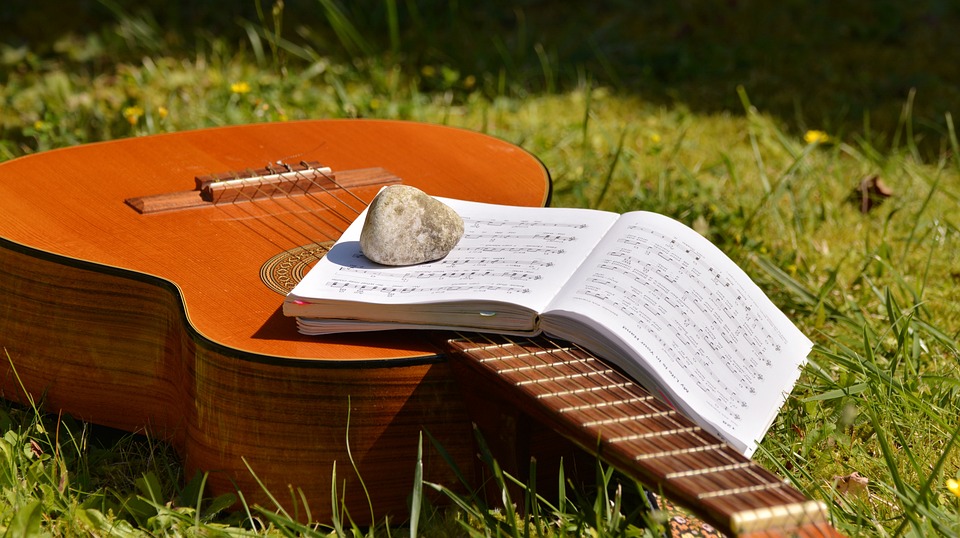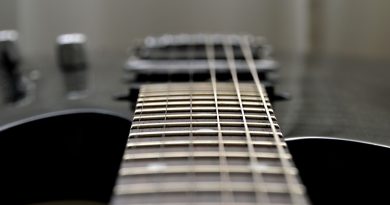Master Movable Chords with This Comprehensive Guitar Chords Guide
Master Movable Chords with This Comprehensive Guitar Chords Guide
If you’re looking to take your guitar playing to the next level, mastering movable chords is a crucial step. Movable chords are chords that can be played anywhere on the fretboard, giving you the flexibility to play in any key and adding variety and richness to your playing. In this comprehensive guide, we will dive into the world of movable chords and provide you with everything you need to know to master them.
Understanding Movable Chords
Movable chords, also known as barre chords, are a type of chord shape that can be moved up and down the fretboard. Unlike open chords, which are fixed in a particular position, movable chords allow you to play the same shape in different positions to change the key of the chord. This versatility makes them an essential tool for any guitarist looking to expand their playing abilities.
Movable chords are typically built off the root note of a chord. By using the root note as a reference point, you can slide the chord shape up and down the fretboard to play the chord in different keys. This is where the term “movable” comes from, as the shape of the chord moves with the root note.
Types of Movable Chords
There are several types of movable chords that you can learn to enhance your playing. Some of the most common movable chord shapes include major barre chords, minor barre chords, dominant 7th chords, and minor 7th chords. Each of these chord shapes has a unique sound and can be used to add depth and complexity to your playing.
Major Barre Chords
Major barre chords are one of the foundational movable chord shapes that every guitarist should master. They are built off the E and A string root notes and can be moved up and down the fretboard to play major chords in different keys. To play a major barre chord, use your index finger to barre across all of the strings at a particular fret, and use your remaining fingers to form the chord shape above the barre. This shape can be moved anywhere on the fretboard to play major chords in various keys.
Minor Barre Chords
Minor barre chords are similar to major barre chords but have a different chord formula, giving them a darker and more melancholic sound. They are built off the same E and A string root notes as major barre chords but have a different finger placement to create the minor chord shape. Like major barre chords, they can be moved up and down the fretboard to play minor chords in different keys.
Dominant 7th Chords
Dominant 7th chords are another essential movable chord shape that adds a bluesy and jazzy flavor to your playing. They are built off the E string root note and have a distinctive sound that is perfect for adding tension and resolution to your chord progressions. To play a dominant 7th chord, use your index finger to barre across the strings at a particular fret and use your remaining fingers to form the chord shape above the barre. This shape can be moved up and down the fretboard to play dominant 7th chords in various keys.
Minor 7th Chords
Minor 7th chords are similar to dominant 7th chords but have a minor chord formula, giving them a more laid-back and soulful sound. They are built off the same E string root note as dominant 7th chords but have a different finger placement to create the minor 7th chord shape. Like dominant 7th chords, they can be moved up and down the fretboard to play minor 7th chords in different keys.
Tips for Mastering Movable Chords
To master movable chords, it’s essential to practice regularly and focus on developing your finger strength and dexterity. Here are some tips to help you improve your movable chord playing:
1. Start slow and focus on accuracy: When learning a new chord shape, start by practicing it slowly and making sure that each note rings out clearly. Focus on proper finger placement and avoid rushing through the chord changes.
2. Use a metronome: Practicing with a metronome can help you develop a steady sense of timing and improve your ability to switch between chords smoothly. Start at a slow tempo and gradually increase the speed as you become more comfortable with the chord shapes.
3. Experiment with different chord progressions: Once you have mastered a few movable chord shapes, try experimenting with different chord progressions to see how they sound together. This will help you develop your musical ear and give you a better understanding of how chords work within a song.
4. Play along with songs: One of the best ways to improve your movable chord playing is to play along with your favorite songs. This will help you apply the chords in a musical context and give you a better sense of how they are used in real-world situations.
Conclusion
Mastering movable chords is a crucial step in becoming a well-rounded guitarist. By learning different movable chord shapes and practicing regularly, you can expand your playing abilities and add depth and complexity to your music. Whether you’re a beginner or an experienced guitarist, movable chords are an essential tool that can help take your playing to the next level. So grab your guitar, start practicing those chord shapes, and watch your playing skills soar to new heights.






